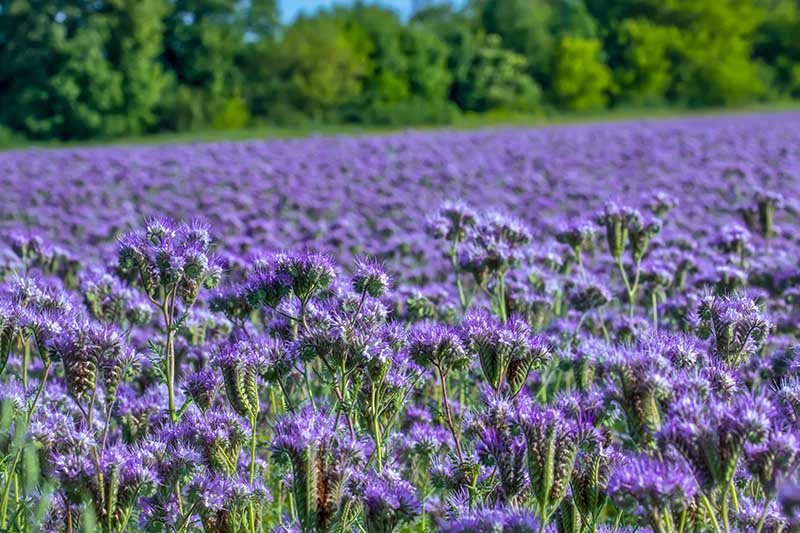
About the farm
The farm and its businesses are managed by members of the McVeigh family. David and Sharon moved to Kenton Hall Farm in 1986 having previously farmed in the Isle of Man and Northern Ireland. 2023 marked a new era for Kenton Hall Farm with the next generation taking over…..
Emily Aitchison – Emily runs the cookery school, glamping site and wedding venue. She also helps runs a micro-bakery at her husband’s family farm. In 2021, she was awarded a Nuffield Scholarship and has travelled around world researching ‘farm-to-glass’ drinks. Interesting fact: Emily cooked for Coldplay in Norway as a chalet Chef!
Lucy Davenport – Lucy lives on the farm with her husband and young daughter. She is Tom’s right hand women helping with the farm administration, building projects, and generally keeping everyone in check! Interesting fact: Lucy has been driving our combine harvester since she was 15, this year will mark her 15th harvest!
Tom McVeigh – Tom returned home to take over the running of the farm in 2023. Prior to this, he had gained a degree in Agri-business from Reading University and last year, was elected one of NFU’s Young Farming Ambassadors. Tom is taking the farm in a new direction, regenerating the farm by planting of hedges, bees, nut trees, broader crop rotations and lots more. Interesting fact: Tom loves travelling, he’s visited, Georgia, Japan, America and many more.
De’Kenton Herd - English Longhorn Breed
We are endeavouring to play our part in increasing the numbers of this breed which very nearly died out in the 1960’s. We look after these cattle in the traditional way with clover rich grass lays for summer grazing and home-made hay for winter feed. English Longhorn are not related to the American or Texas Longhorn whose ancestors came from Spain. They do have a long and fascinating history linked to that of the great livestock pioneer of the 1700's, Robert Bakewell of Dishley. The English Longhorn originated from the northern counties of England, it was used as a draught animal and its milk was used for butter and cheese.
English Longhorn are large lean beef cattle with an impressive sweep of horns that curve down to around the nose. These impressive horns are valued in the pedigree. The body may be any one of a wide range of brindle colours (including colours from red to grey) but they all have the characteristic white line or "finching" along the back and down the tail, which is passed onto their cross bred progeny. Cows range in height from 130 to 140cm and weigh 500 to 600kg. Males average 150cm in height and 1000kg in weight.
English Longhorn is renowned for its ease of calving. Prominent hook bones, deep pins and a roomy birth canal result in almost no recorded incidence of assistance being needed at birth. Longhorns have excellent milking ability and their long and level lactation help avoid a flush of milk at calving. They rear their calves very well. A 6% butter fat is not uncommon although no-one is currently milking them commercially. They are excellent mothers and their docile nature makes them an easy breed to manage. Their breeding, longevity and relatively low body weight makes them very economical and inexpensive to feed.
Farm Trial Field
We have a 6 hectare experimental trial field, which we are trialling alternative farming techniques and crops in this field in an attempt to reduce chemical inputs and increase bio-diversity without compromising on food production. There is a 6m wide margin around the field which acts as a buffer strip and nature corridor, it is planted with a mixture of diverse grasses and wildflowers. It is great for pollinators and we will also use this to make hay for our cattle.
The field is broken up into strips of different crops from our crop rotation with rows of trees planted in an agro-forestry system. This system was inspired by farmers in Asia and Eastern Europe, where they farm like this because they have less access to sprays. If a disease hits the crop, its spread is limited by the next crop.
Between the rows we have planted beetle banks and pollen mixes. The beetle banks offer habitats for crop predators so we can reduce chemical insecticide and the pollen mixes provide food for beneficial insects which in turn help increase our yields through pollination. Within the rows of beetle banks and pollen mixes we've planted walnut and hazelnut trees in an agroforestry system. We hope to add them as a new crop for our farm, one which sequesters carbon and helps promote good soil health amongst the rest of the field.
Environmental Aims
Here at Kenton Hall, we’re committed to sustainable farming practices, moving to a regenerative system to improve our environmental credentials. Here are some of the ways we hope to improve bio-diversity on our farm.
Improving Soil Health
We are committed to improving the soil health and organic matter on our land, we will be moving away from more conventional farming methods by reducing disruption to the soil in order to bank carbon and improve soil health. We will be using a minimum tillage approach and also hope our agro-forestry experiments improve the soil quality.
Birds of Prey
We’ve teamed up with Suffolk Owl Sanctuary to create a Hack Pen to house injured owls and other birds of prey prior to being released. Once they are re-integrated into the wider farm ecosystem the benefit to the landscape is enormous.
Grass-fed livestock and emissions
The Sustainable Food Trust believes that there is a very important role for grass-fed livestock in sustainable farming systems as part of a solution to reducing carbon emissions not contributing to them. They recognise the importance that grassland plays as a vital source of carbon storage and the way in which grazing animals convert this into high-quality protein.
Bee-Keeping
Bees are essential in agriculture. They help plants reproduce by moving pollen grains from anther to stigma. Then, seeds are generated, which later creates new plants. Over 80% of flowering plants need the help of pollinators to reproduce.
Again, pollinators contribute to clean water and healthy soils by fostering a robust plant community. Farmers with beehives in their farms can testify that they get a lot more farm produce than their counterparts. Plants tend to die once they lack pollen, leading to a low farm yield. Therefore, you should have at least two to three beehives on your farm for better yield because what’s good for bees is suitable for agriculture and climate.
Hedge Planting
Hedgerows are a crucial feature of our countryside. They can provide a range of benefits: from reducing soil erosion and flooding to providing forage and shelter from the wind for livestock, boosting their health and yield. We are planting 1.1 miles of hedging each year for the next 10 years.
Wildflower Margins
Margins, corners and plots of permanent wildflower-rich habitat can be managed within farmed landscapes to support beneficial insects and a wealth of wildlife that feeds on them. They also help integrated pest management and crop pollination.
Wide margins, corners and plots generally provide better habitat for wildlife than thinner or smaller areas. To provide the greatest benefit for wildlife they should be placed close to other important habitats, which already provide nesting sites and shelter such as hedges and ditches.
Community Connection
We are hoping to connect more with our local farming community and the wider public. We are founding members of the Upper Deben Farm Cluster which facilitates collaboration between farmers to provide landscape scale nature recovery. We are focusing on water quality improvements on the river Deben and also upskilling our members and improving bio-diversity in our corner of Suffolk. We also run farm events including Open Farm Sunday, a free event, allowing visitors to come onto farms and learn more about food production and farming.
Five Rod Farm - Market Garden
Cam is 28 and has been living and working in Suffolk for the last 3 years after spending 5 years in London, studying and working in the music business and live events. He started his growing journey in 2020 during the first lockdown by converting a little garden into a vegetable patch with a couple of raised beds that became a haven for him and his family. The two years following he was fortunate enough to be gifted an allotment in Friston where he was introduced to his ‘Five Rod’ allotment plot.
Allotments are traditionally measured in rods which is an old-fashioned measurement of length, a standard size allotment being 10 rods = 250 sq m. Cam converted the whole plot to no dig and started providing fresh veggies and cut flowers to friends and family. It wasn’t long before he wanted to expand his growing space and start sharing his produce and the no dig method to the wider community. That’s when the idea for Five Rod Farm sprouted.
The Five Rod Farm Story…
This is just the start for Cam who will be growing a range of delicious vegetables in his market garden. Watch out for details of how you can buy his veg in the future!

















